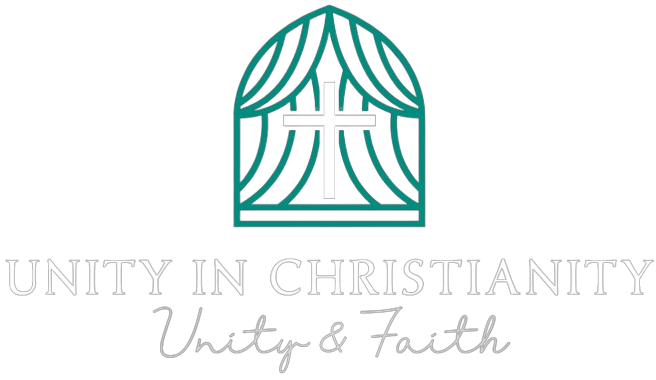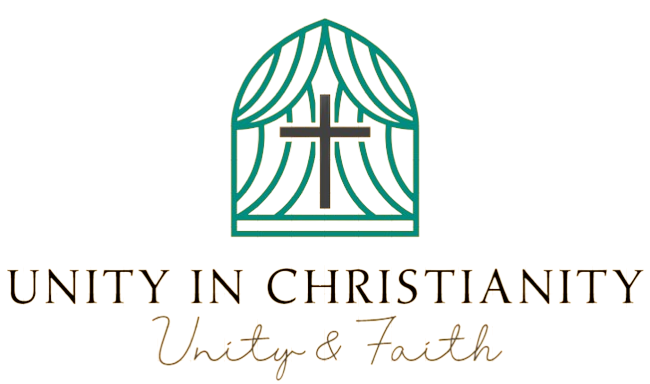QUESTIONS about where liability would lie should a recent independent safeguarding body for the Church of England fail in its delivery of services are raised in a recent legal paper published on Friday.
The delegation of safeguarding powers by diocesan boards of finance (DBF) to an external body could be a “novel” development, effectively divesting trustees of any control over an “intrinsic a part of the secure and effective operation” of the board, the paper concludes. It has “no obvious precedents” in the broader charity sector.
The paper, entitled Future of church safeguarding: Advice note, is dated 31 January and is authored by VWV, a firm of solicitors that advises some dioceses. It was commissioned by the Gloucester DBF but has been shared with other DBFs. It addresses the implications for DBFs of “model 4” — one among two options for greater independence of safeguarding, set to be presented to General Synod next week (News, 24 January).
Under this model, diocesan and cathedral safeguarding staff, together with most people employed within the National Safeguarding Team (NST), would transfer to a recent national delivery body, which could be external to the Church while remaining “embedded in dioceses”. This would entail the transfer of all safeguarding delivery, preventative work and casework. A General Synod paper setting out the model says that the Archbishops’ Council would establish a contractual agreement with a selected safeguarding services provider. Legislation could be brought forward requiring diocesan bishops and cathedral chapters to transfer their safeguarding staff to this provider and to acquire and receive safeguarding services from it.
The General Synod paper states that: “bishops/chapter will proceed to carry overall responsibility for safeguarding in a diocese or cathedral.” But the VWV paper concludes that this statement “doesn’t in our view fully reflect the relevant laws and regulation of safeguarding (each under ecclesiastical and secular law) by DBFs and the duties owed by their trustees”. Neither does it take note of “the necessities of charity law and regulation which apply to DBFs and their trustees as regards safeguarding”.
DBFs are charities under English law and controlled by the Charity Commission. The members of the board are charity trustees. The VWV paper notes that the Charity Commission regards charity trustees as “under an obligation to take reasonable steps to guard from harm the entire individuals who come into contact with their charity (not only children and vulnerable adults)”. A failure to administer safeguarding risks is “prone to be considered by the Commission to constitute misconduct and/or mismanagement within the administration of the charity and may additionally result in a breach by the trustees of their duties”.
While agreeing with legal advice appended to the Synod paper — which sets out how DBFs can delegate safeguarding to an external body — the VWV paper states that, “in an effort to be sure that delegated powers are being exercised properly and in the very best interests of their charity, trustees must retain oversight over the exercise of those powers by the delegates, with the capability to take whatever motion is mandatory (including revoking the delegation) in the very best interests of their charity.” This could include, they suggest, the necessity to “terminate the contract with the external delivery body in an effort to bring the services back in-house or, in principle a minimum of, to out-source them to a special provider”.
It is “difficult to see” how trustees of a DBF could retain sufficient oversight, accountability and control if the external body is to be the one provider of safeguarding services for all DBFs, the paper warns. This places them vulnerable to acting in breach of their duties to the DBF, “with the potential of personal liability as a consequence”. In the courts, it warns, “trustees will generally remain personally chargeable for the acts of their delegates”.
To protect trustees, it says, the laws brought forward to deliver model 4 would must create a “binding obligation on all DBFs to interact the [external delivery body] to deliver safeguarding services on a compulsory basis — with no option for the DBF to terminate that relationship”.
It raises questions on where liability would lie, should a defect within the delivery of safeguarding services arise. There are, it says, “a spread of other legal and regulatory considerations that will must be addressed within the laws in an effort to be sure that the interests of DBFs are properly protected and that neither they nor their Trustees are inadvertently exposed to legal or regulatory risk”.
The paper also considers the query of confidentiality and access to data. Without information sharing between DBFs and the external body, “it’s prone to be difficult for trustees to find a way to display they’ve sufficient information in relation to safeguarding delivery etc. to take well-informed decisions in the very best interests of their DBF.”
The nature of the connection between the Church and independent safeguarding, what happens when the connection deteriorates, and the complexities of knowledge sharing, were all issues explored within the Wilkinson Review set as much as explore the disbanding of the Independent Safeguarding Board (News, 11 December 2023). This warned that: “The arrange of any recent safeguarding body must not be rushed.”
The Synod paper setting out Model 4 acknowledges that charities “cannot delegate their underlying duty to be chargeable for good safeguarding” and that the Archbishops’ Council, Bishop, of Cathedral Chapter, will still be required to “monitor the performance of the operational function and to find a way to vary provider if the service provided just isn’t of the required standard”.
When General Synod debates the paper next week, the lead safeguarding bishop, Dr Joanne Grenfell, will bring a motion proposing model 4. But she will even welcome a friendly amendment proposing model 3, under which many of the staff currently being employed by the NST could be transferred to an external body, but not those employed by dioceses and cathedrals.
The Synod paper notes that, “quite a few members of the Response Group, including skilled experts in safeguarding, don’t support model 4”. Concern has been voiced that that is “an untested model which presents an unacceptably high level of risk on the idea that it’s inconceivable to evaluate with confidence the likelihood of advantages outweighing the numerous relational, personnel, governance and financial costs of a sophisticated and lengthy transition process and external line management of a core function.” One diocesan safeguarding adviser wrote: “There could be more fear and anxiety around getting something fallacious in safeguarding amongst parishes if there have been an external body that they had no relationship with.”
Proponents of the model argue that an external body would bring consistency of practice and have “the stature and infrastructure to challenge passivity and implement practice to the required standards consistently in all settings”. One General Synod member observed: “Forty-two different cultures and structures is crazy.”
In a letter to all diocesan bishops, on Friday, the chief executive of the Charity Commission, David Holdsworth, asks whether there are any legal impediments which might prevent Diocesan Boards of Finance from fulfilling their safeguarding duties at charity trustees.
“The Commission stays keen to know whether, following any changes made or agreed by Synod, there are any remaining structural, procedural or constitutional arrangements under ecclesiastical law that you concentrate on conflict with, or prevent you and your co-trustees from fulfilling, your safeguarding duties as charity trustees,” he writes.
His letter asks for a response by the top of March.
Mr Holdsworth refers to his previous letter sent to General Synod members, last week, by which he said that “the time for review has passed, and now’s the time for motion” on safeguarding within the Church (News, 24 January). He reminded members of their “duty to take reasonable steps to guard from harm individuals who come into contact” with a charity of which they’re a trustee.


